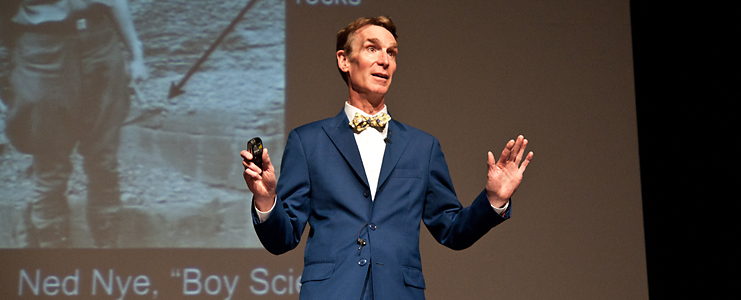In his talk this week, Randy Olson made the claim that we, as engineers and scientists, need advocates for science and technology that are able to communicate with a general public that doesn’t share our background. Policy is being made and will continue to be made without due concern for scientific interests unless advocates fighting for science in classrooms and funding for STEM programs make their voice heard. Even on an individual level, such advocacy is necessary if we are going to garner more interest in science and technology in children.
However, in order for someone of a scientific mindset to advocate for science, they have to keep an important fact in mind: They are not talking to fellow scientists. The attitude of “my ideas should stand on their own” is necessary in the lab, but in the real world, presentation really does matter. No matter how valuable an idea is, if it is not presented in an understandable manner, it is worthless.
In short, a change in the culture of science and engineering students is necessary. Instead of mocking liberal arts, marketing, and communication as lesser subjects, students need to recognize that, unless they can find their ways to communicate their ideas to a non-technical audience — be it a manager, funding board or congressional committee — it will be impossible to advance their ideas as far as they would like. One need only look at NASA’s recent budget cuts to see what happens when the general public can no longer understand your purposes and goals. On the other hand, look at the success of those who manage to successfully marry scientific knowledge with an ability to communicate. While few can list off Nobel Laureates, many can extensively quote Carl Sagan’s explanations of the universe, or recount watching Bill Nye on television as kids. At the end of the day, ideas—no matter how clever—are entirely useless unless they can be shared.
